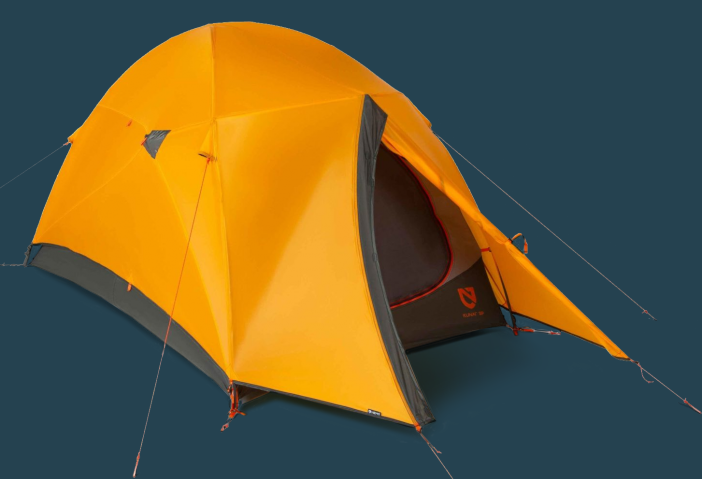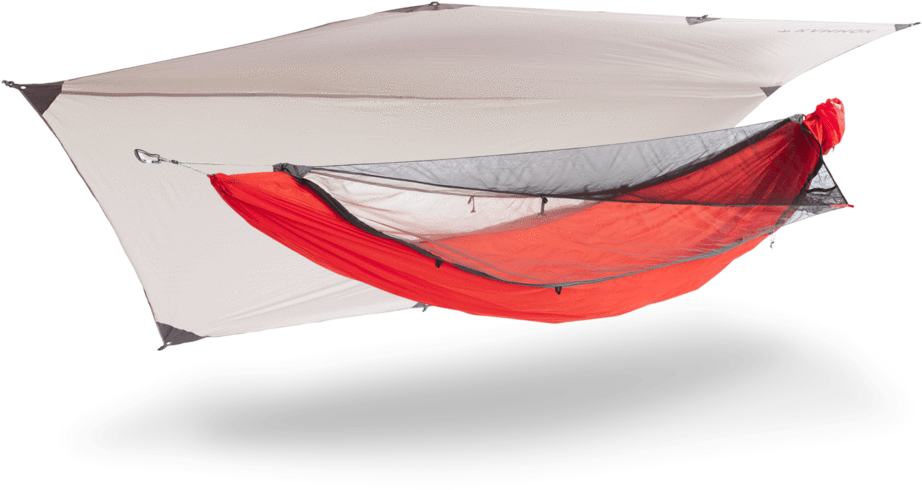GEAR& GADGETS

Hiking Boots
When you have the weight of the pack on your back, it is important that your feet plant solidly on the ground and stay there. Trails aren’t paved side walks; they are rocky and often eroded. In addition, you have your body weight plus the pack pounding down on your feet while going down hill. A major key to a successful backpacking trip is your boots. If your feet don’t feel good, you don’t feel good and you aren’t going to have a good time.
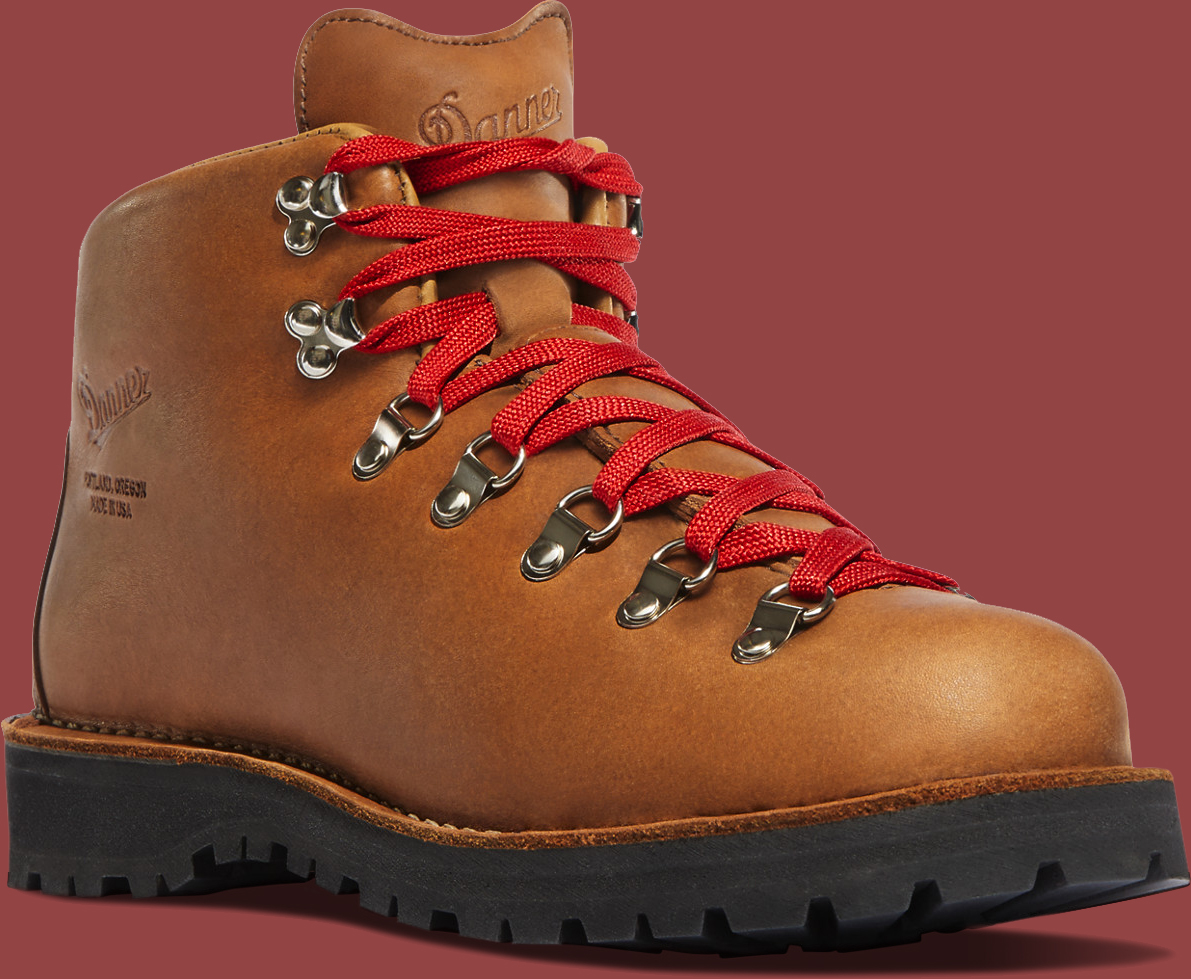
So what do you need in the way of boots?
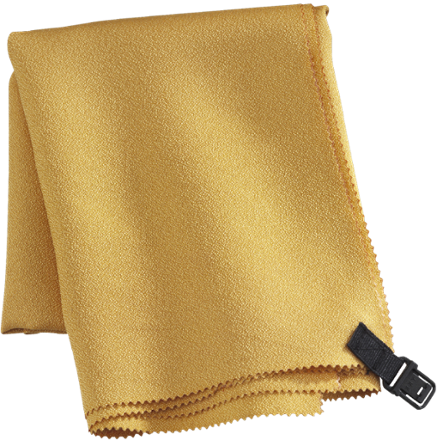

Camp Towel
So what do I put in my pack if I go swimming or get wet and need to dry off? It is recommended every Scout carry a camp towel, but your average bath towel is way too big and heavy for backpacking.
Here are a few ideas:

Sleeping Bags
Right behind rain gear, a Scout needs a sleeping bag. It is your bed and the difference between staying warm or being miserably cold. So how do you pick the right sleeping bag for you?


Cold Weather Gear
So I have a sleeping bag and it is going to get cold tonight – really cold, what do I do?
How am I going to get a good night’s sleep?
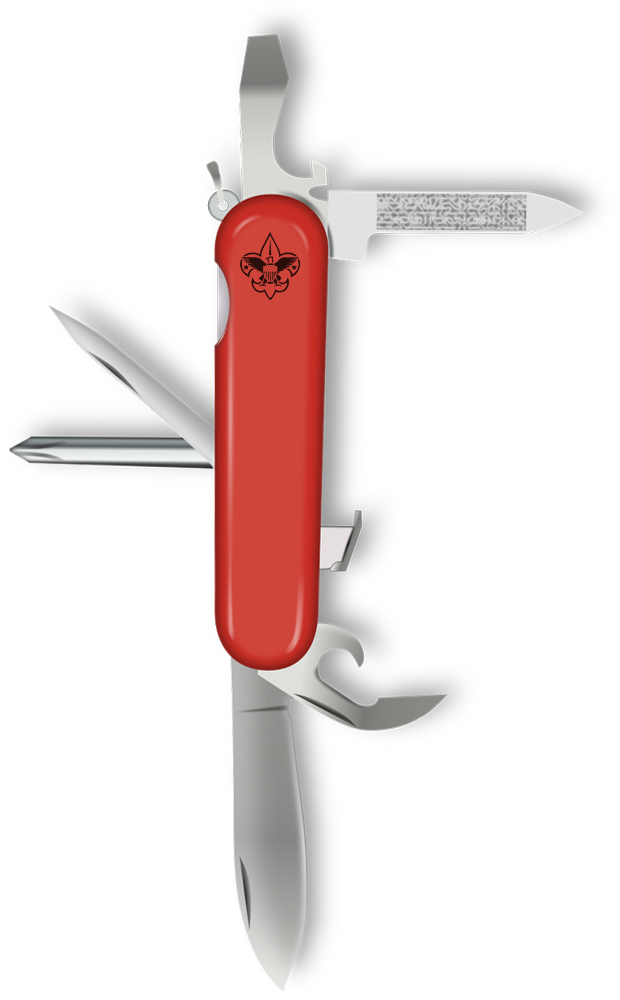

Pocket Knife
It is said a Scout without a compass can find his way, but a Scout without a knife is…..without! Every Scout should complete their knife safety training and learn how to sharpen and care for a knife. Always carry your knife on campouts.
In selecting a pocket knife, you should consider the following:

Layering your Clothes
Everybody says dress in “layers” in cold weather, but what are “layers”? Why are they better than my coat?
See if this helps?

Camp Plate
“A Scout is hungry!” – It is said to be the 13th law of Scouting. To address that issue and get a good meal, a Scout needs something to eat with and eat from. Scouts use a lot of different things and here is a unique idea that has multiple uses...
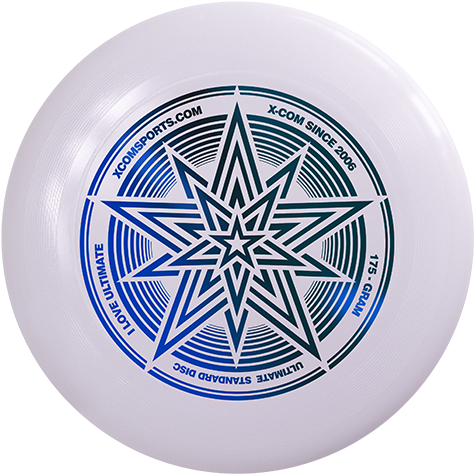
Try using a Frisbee has a plate.


Backpack
A backpack is a Scout’s suite case – it carries everything he uses. The most important thing in selecting a pack is that it fit the Scout. Hiking is no fun if your pack doesn’t fit or isn’t adjusted to fit. Young Scouts need a youth pack, while older Scouts can migrate to adult packs.
Here are few things to consider:

Tents
Any tent will work on a nice night with no rain. It takes a good tent to holds up during a driving rain and strong wind. Tents come in many configurations, features and price ranges. Here are basics. Unfortunately, good tents cost more.
